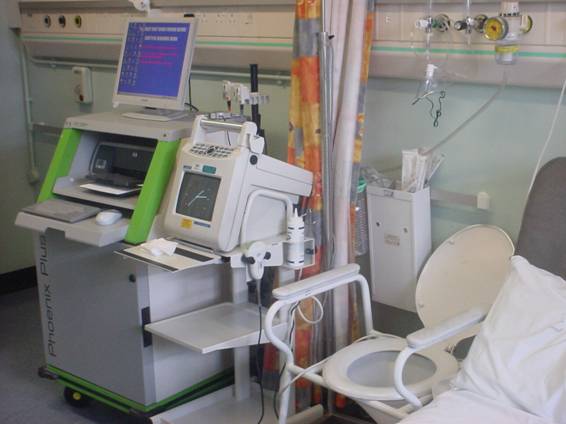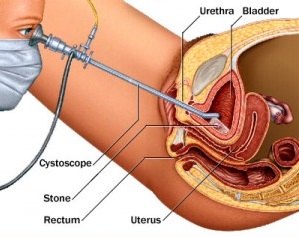Introduction
Screening for urinary incontinence usually involves the use of a questionnaire. Set of validated questions are used to obtain information about the urinary symptoms and its severity. Information on the urinary incontinence impact on the person’s physical, social, pyschological and quality of life are also sometimes obtained as well..
Screening can be done to people who are at risk or who have symptoms at any time.
There are many different types of questionnaires that had been developed and validated to screen for incontinence. They are however, not a diagnostic tool.
Further evaluation by trained medical personnel is needed for people who have suspicion of urinary incontinence.
Here are a few examples of questionnaires that have been produced :
-
Questionnaires to assess symptoms of incontinence :
-
Urogenital Distress Inventory ( UDI )
-
UDI – 6
-
Urge – UDI
-
Incontinence Severity Index
-
King’s Health Questionnaire
-
ICS male
-
ICS male SF
-
Danish Prostatic Symptom Score ( Dan- PSSI )
-
-
Questionnaires to assess the impact on quality of life :
-
IIQ – 7
-
Urge IIQ
-
Modified IIQ and IIQ – 7
-
IQOL
-
King’s Health Questionnaire
-
Incontinence Impact Questionnaire ( IIQ )
-
The questionnaire can also be accessed online. Among them are as the links below :
-
http://www.netdoctor.co.uk/interactive/interactivetests/incontinence.php
-
http://www.mountainurogyn.com/forms/Urinary%20Distress%20Inventory%20(UDI-6).pdf
Depending on the results of the questionnaire , patients will undergo further tests and evaluation. This is to ensure accurate diagnosis and subsequent appropriate treatment will be carried out based on the patients’ condition .
The tests and evaluations that can be done include :
-
Medical history
-
Urinating diary
-
Urine analysis
-
Physical examination
-
Demonstration of stress incontinence with coughing
-
Examination of the nervous / neurological system
-
Urodynamic Test
-
Cystourethroscopy – a procedure where the bladder and urethra will be visualized and assessed through optical camera
-
Imaging test – X rays and ultrasound
 |
| Urodinamik Test http://www.pediatricurologybook.com/urodynamic.html |
 |
| Csytourethroscopy http://www.orlandohealthdocs.com/orlandogynecologicsurgery/cystoscopy/ |
| Semakan Akhir | : | 13 Februari 2014 |
| Penulis | : | Dr. Mohd Daud bin Che Yusof |







